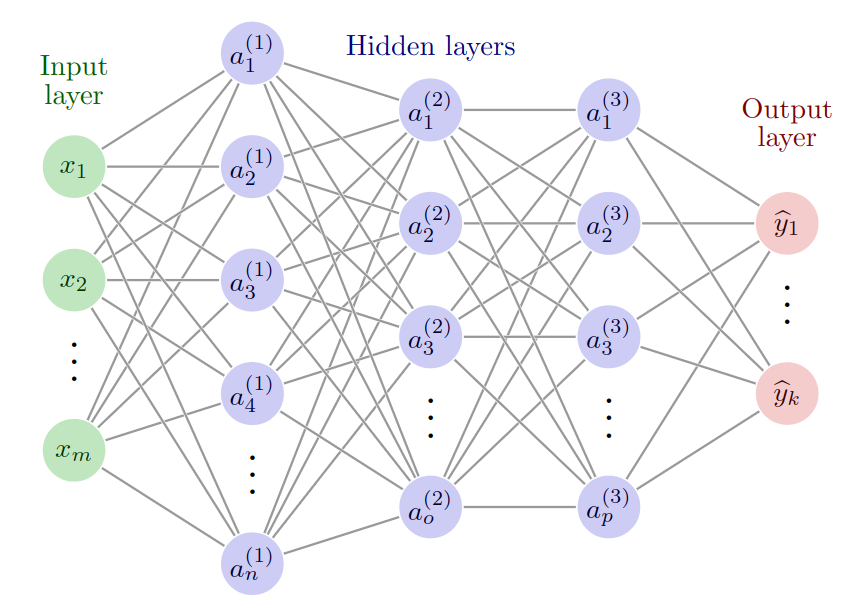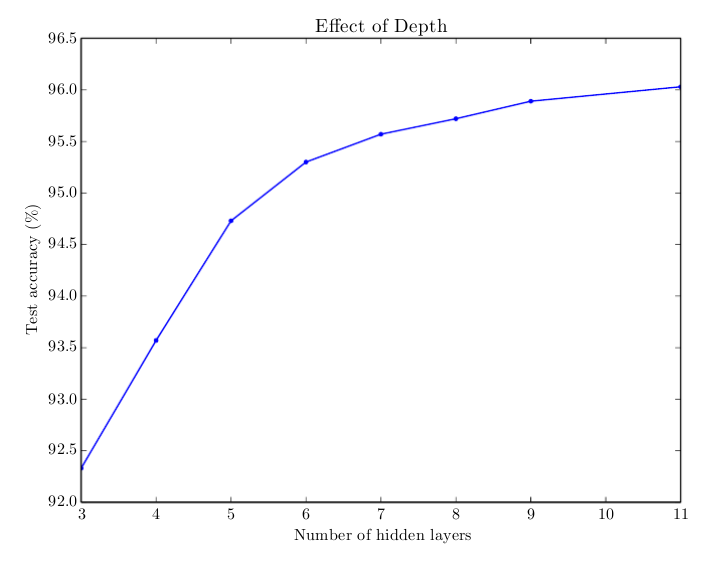
Basics of Machine Learning, the Multi-Layer Perceptron
This first post will guide you through the basic concept of DNNs using the Multi-Layer Perceptron (MLP) as the explanation baseline. MLP’s simplicity makes it easier to understand the structure and elementary processes within Artificial Neural Networks (ANN) and the definitions here can be extrapolated to more complex DNNs. This post does not intend to provide an exhaustive explanation of the training and optimisation of processes but to introduce some key ideas.
The Multi-layer Perceptron (MLP) was one of the first ANNs to appear in the machine learning community. It is an extension of the Perceptron developed by Rosenblatt in 1958. This kind of network, in theory, can “learn” to approximate any kind of linear or non-linear functions. Thereupon, we will dip into the MLP structure to understand how it computes its outputs.
The building block of the MLP is the Perceptron referred to as an artificial neuron. It is inspired by biological neurons, sharing some similarities as depicted in in the header image. It aggregates information from different inputs (dendrites) and generates a single output (axon) that is triggered using an activation function.
The equation describes how the Perceptron calculates its output.
The values

Fig. 1 Multi-Layer Perceptron scheme.
Although the Perceptron by itself is a good approximator for simple linear functions, the real power of the MLP comes from the connection in layers of many of these neurons forming a network.
Moreover, the result of Eq. 1 is passed through a non-linear operation
Fig. 1 shows how several Perceptrons are connected to form the Multi-Layer Perceptron.
Each row of neurons is called a layer and networks can have different numbers of layers.
All the outputs of the neurons of the previous layer are connected to the inputs of each of the neurons of the second layer, which is why MLPs are also known as fully connected networks.
Conventionally, these layers are separated into three parts as shown in Fig. 1: the input layer, the hidden layers and the output layers.
We see that an ANN is nothing more than a parametrised composition of affine and non-linear functions
Historically, if there is more than one hidden layer the ANN is considered a Deep Neural Network (DNN). According to the universal approximation theorem proved by Cybenko, a neural network with only one hidden layer and sigmoid-like activation functions can approximate any real function. Then why add more than one layer? The answer to this question is not clear from a theoretical point of view since there aren’t convincingly demonstrations of the possible explanations. However, experience tells us that deeper ANNs lead to better results, generalising better over unseen input data 1.

Fig. 2 Relation between the number of layers and accuracy of a model trained to transcribe multi-digit numbers from photographs of addresses by Deep Learning book
The MLP can learn how to approximate functions after a training process where numerous pairs of inputs and expected outputs are presented to the network. The set of all these pairs used for training the network is called training dataset or training set. During the training process, the weights (or parameters) of the network are updated to minimise the error between the predicted output and the expected output. The most widely known and used mechanism to perform this training process is called stochastic gradient descent. There is a full article in this blog about this training process.
Next, let us see how the MLP performs a forward pass using vectorised notation.
The input layer (most left-hand side in Fig. 1) takes the data to be processed by the network.
We can express the input values of the network as a vector
The subscript
Where
In this case,
When these equations are translated into code run by a program, using the vectorised version instead of loops makes it run much faster. The vector operations can be parallelised taking advantage of the graphic card’s power.
Footnotes
-
That assertion is extracted from Ian Goodfellos et al. book Deep Learning ↩